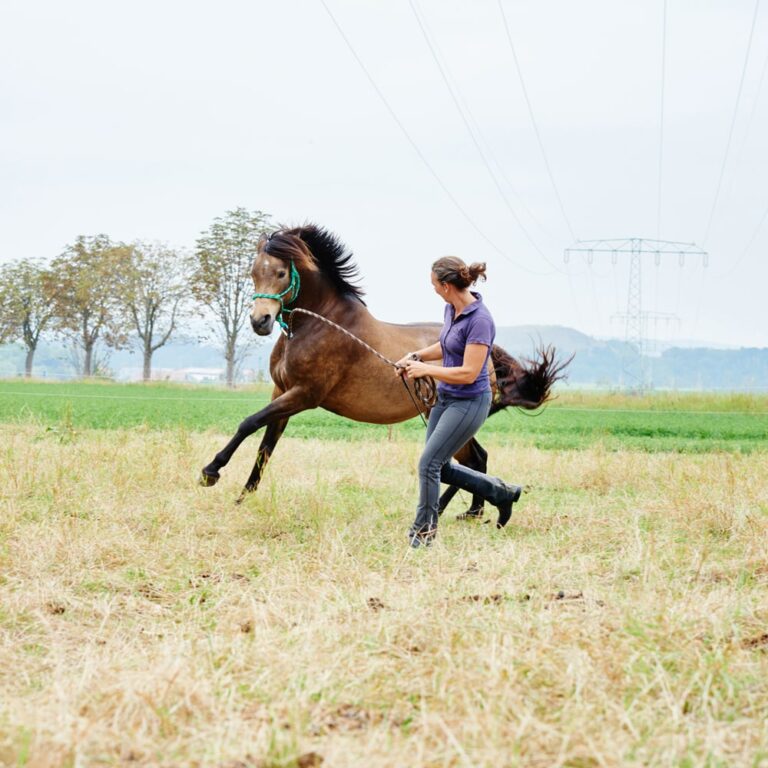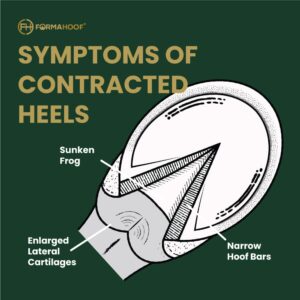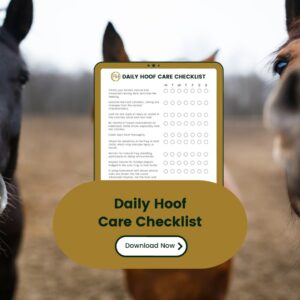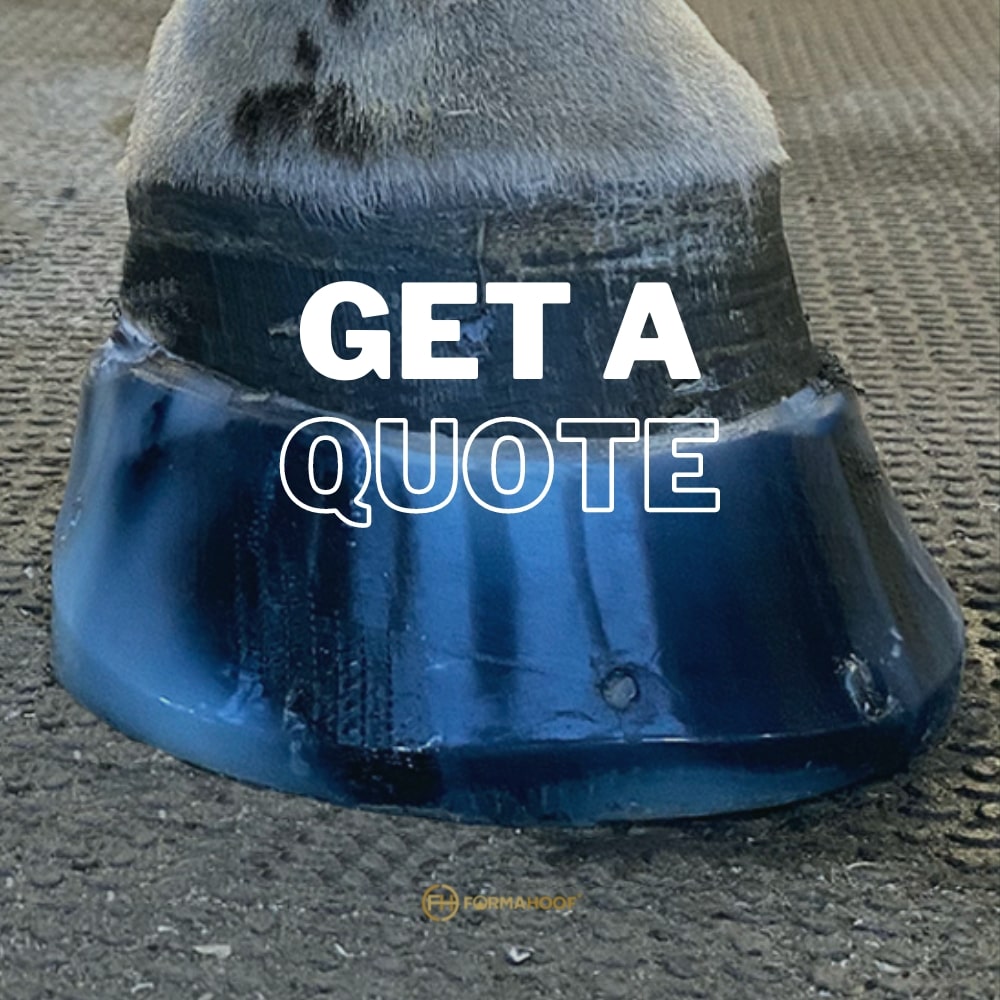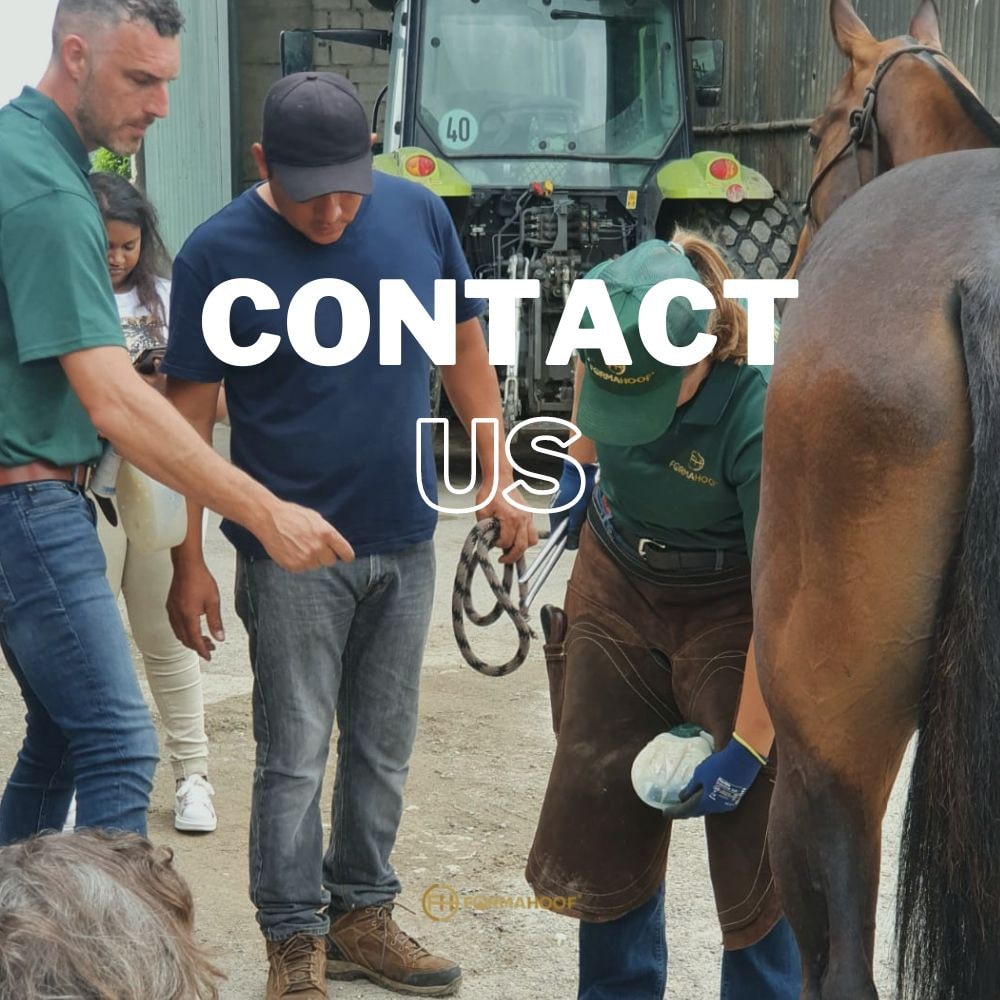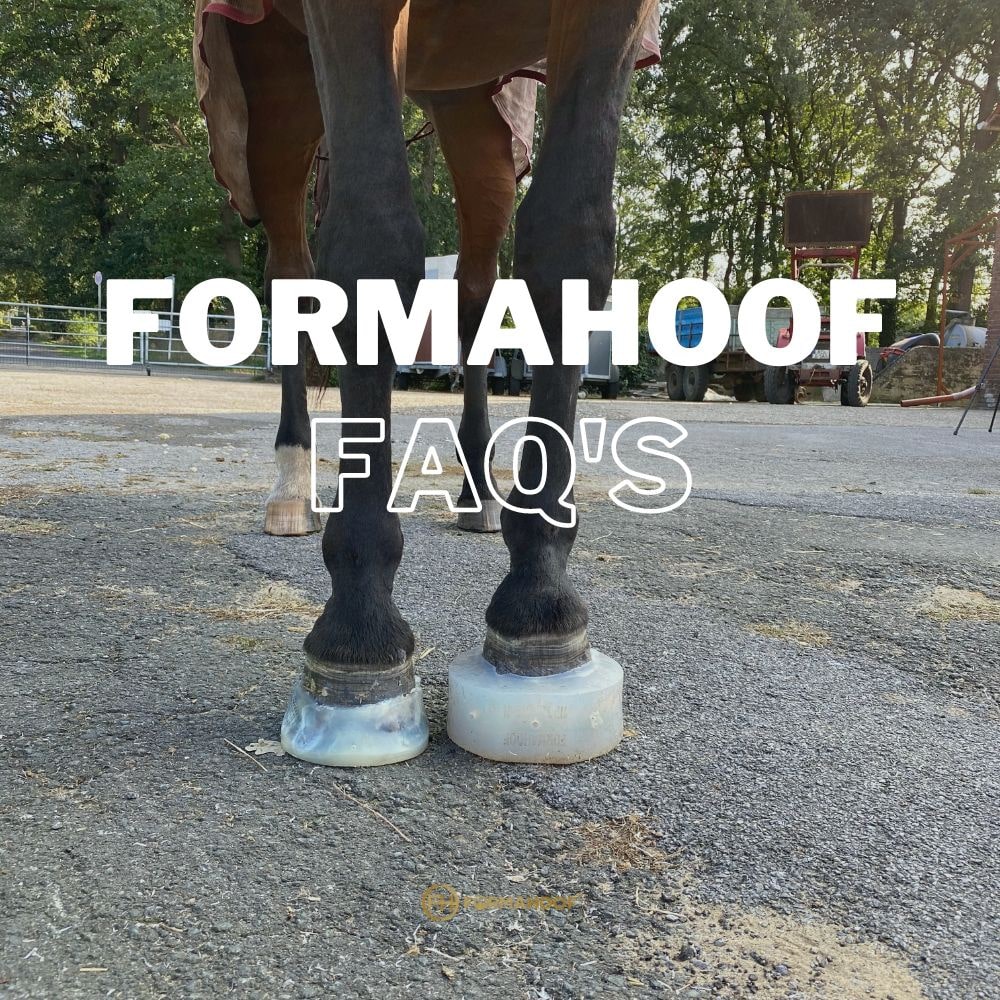Energy is one of the most misunderstood concepts in equine nutrition, but it is also one of the most essential. Dietary energy comes in different forms and has a significant impact on behavior and performance but also on hoof health and integrity.
So, to promote the healthiest hooves it’s important to understand what energy is, how it influences hoof health, and how to get the balance right for optimum hoof health, growth, and integrity.
What Is Energy?
Energy is the fuel needed for normal body processes and exercise. The more exercise your horse does, the more energy they need. Used up energy needs to be replaced, and this comes from the diet.
Food contains calories which are a measure of energy, so calories and energy are essentially the same. Energy is quoted as Megajoules (MJ) of digestible energy and 1 MJ is equivalent to 239 calories.

How Much Energy Does A Horse Need?
By looking at the digestible energy of a feed we know how much the horse can get, but how much do they need?
The amount of energy a horse requires largely depends on their level of activity. The higher the workload the more energy is used and the more dietary energy to replace it is needed:
A sedentary 500kg horse for example, needs around 63.5 DE MJ per day for maintenance but this rises to around 144.5 DE MJ per day for a horse in very hard work (NRC, 2007), so a significant difference!
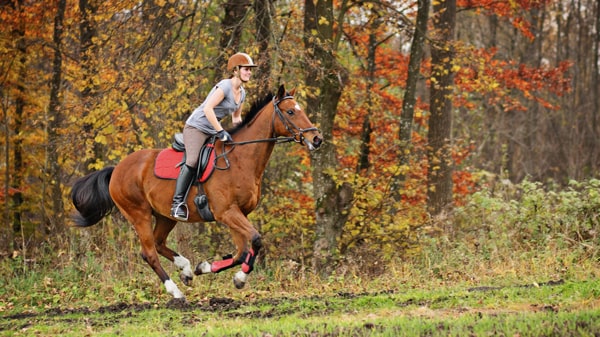
A great calculator to work out a horse’s energy requirements based on workload and how it may be supplied from the diet can be found here: https://webassets.nationalacademies.org/nrh/
If you are unsure at any point you can also book a one on one consultation to discuss your horses individual needs.
How Does The Diet Supply Energy?
There are four energy sources in the horse’s diet – these are: Simple Carbohydrates (starch and sugar), Complex Carbohydrates (fibre), Fats and Protein.
Protein is often thought to be a primary energy source, but this is a common myth. Protein is used only when there is not enough energy, and this is not an efficient process. Carbohydrates (simple and complex) and fats are the primary energy sources.
An example of simple carbohydrates as a feed are cereals like oats and barley, sources of complex carbohydrates are forage and high fibre feed like sugar beet, and an example of fats would be linseed meal or soya oil.
Simple carbohydrates are broken down by enzymes in the Small Intestine (SI) to glucose. This is a very rapid process meaning that these simple carbohydrates are a source of ‘fast-release’ energy.
Fats are broken down by enzymes in the SI to free fatty acids (FFA), but this is a much longer process than simple carbohydrates, meaning that fat is a source of ‘slow-release’ energy.
Hindgut microbes ferment complex carbohydrates to produce volatile fatty acids (VFA) – Acetate, Propionate and Butyrate, This, again, is a lengthy process, so complex carbohydrates are also a source of slow-release energy.
So, the type of energy fed is also an important consideration. The types used should be tailored both to the amount and type of work the horse is doing and their individual needs and temperament to promote the best overall health, including hoof health.
How Does Energy Affect A Horse’s Hooves?
If the type of energy fed is incorrect this could have an impact on the horse’s hooves. For example, too much fast release energy can result in excitable behavior which could lead to injury and damage to hooves.
Likewise, if not enough slow-release energy is fed stamina will be reduced due to energy reserves being depleted quicker, which could also result in injury to hooves.
If the horse receives too much overall energy for their needs, this can lead to a horse becoming overweight, which can result in Equine Metabolic Syndrome and Insulin dysregulation.
Insulin dysregulation means the horse cannot regulate their insulin levels sufficiently, the result of which will be hyperinsulinaemia.
Hyperinsulinaemia means higher insulin levels than normal will be present in the blood and this is a trigger factor for laminitis, which severely compromises the health of the hooves, alongside causing pain and lameness.
If too little energy is fed the horse will not only lose weight, but not enough energy will also have a significant impact on their hooves. If the horse is not receiving enough energy hoof growth will not be supported sufficiently.
This is because the energy will go towards supporting vital internal organs and general body metabolism before the more external features like hooves. This will mean that there is not enough ‘fuel’ to grow and maintain the hoof internally and externally, resulting in weak hooves prone to cracks and other hoof pathologies.
Monitoring And Balancing Energy For Optimum Hoof Health
Given the potential effects of energy on hoof health, ensuring the diet provides the right energy balance is essential. There are many ways to help ensure your horse has the correct energy balance to promote healthy hooves:
✅ Feed for work done not for what may happen in the future.
✅ Ensure your feed provides the correct level of dietary energy (MJ/Kg) for the horse’s current work level. The table below gives a general guide of digestible energy levels to workload to help you to achieve the right balance:
| Feed | Digestible Energy MJ/KG | Workload |
|---|---|---|
| Low Energy | 8 – 10 | Rest/Light |
| Medium Energy | 10-12 | Moderate |
| High Energy | 12+ | Hard |
✅ Use Body Condition Scoring (BCS) regularly – You should be looking to maintain your horse throughout the year on a BCS of around five on a nine Point Chart, which represents the ideal condition for optimum health and performance.
✅ Monitor Body weight – regular weight taping in conjunction with Body Condition Scoring (BCS) can help gauge your horse’s weight and give an idea on whether their energy balance is correct.
✅ If you horse is underweight, with poor hoof health because they are not getting enough energy, increase intake with digestible fibre and oil.
✅ If your horse is overweight and receiving too much energy, reduce intake with a lower calorie diet and increase calorie output with regular exercise, including active walking and trotting to burn fat.
✅ Maintain optimal energy balance by regularly monitoring weight and condition throughout each year to promote the best hoof health, growth, and integrity.
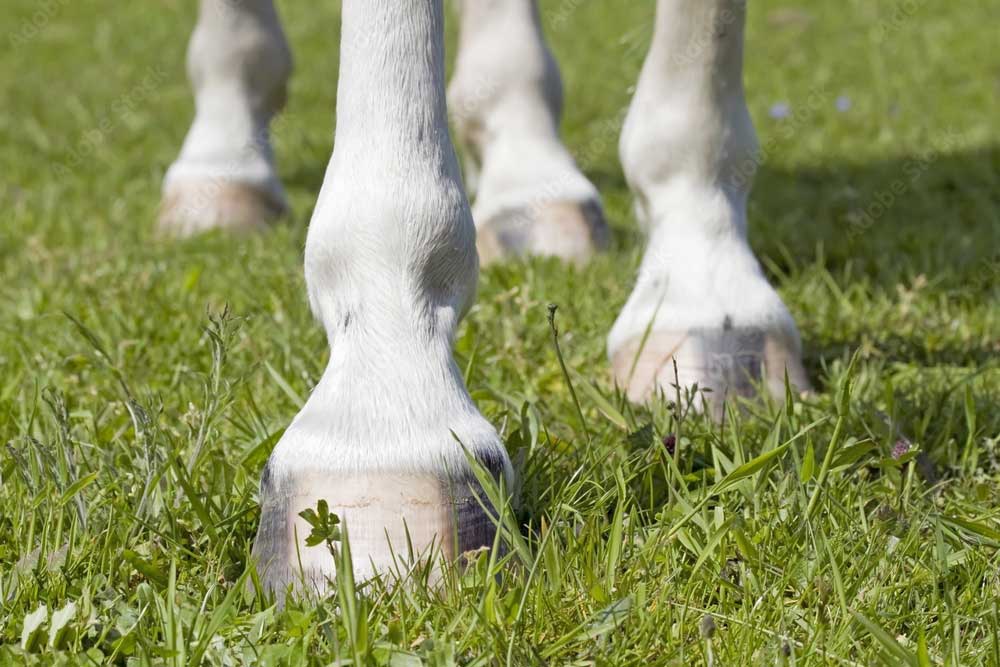
If you have any questions about creating the best diet for your horse and keeping their hooves healthy through the right nutrition, please contact Lisa to book a consultation through the FormaHoof Shop.
Are you just starting to learn more about horse nutrition? Our Nutrition Basics course is a free introductory course that can help you get started.

